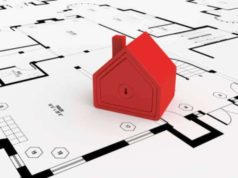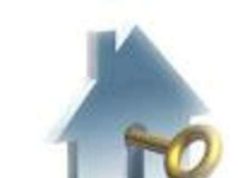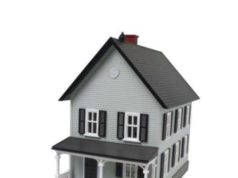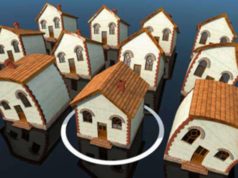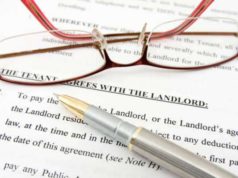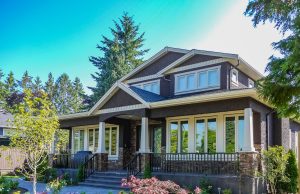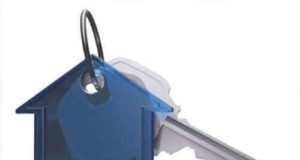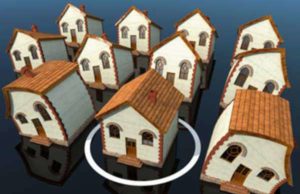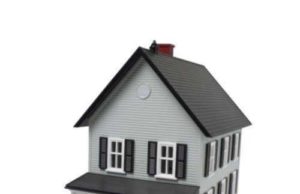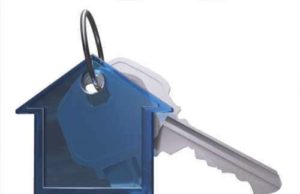
Zero Down Mortgages: The Pros, the Cons, and Recent Developments
Buying a home is a big step for anyone, but it can be especially daunting for those who lack the funds for a substantial down payment. Enter zero down mortgages – a type of home loan that allows borrowers to purchase a property without putting any money down. In this article, we’ll explore the pros and cons of these loans, examine recent developments in the market, and provide some resources for those considering this option.
What are Zero Down Mortgages?
A zero down mortgage, as the name implies, is a type of home loan that allows borrowers to purchase a property without putting down any money. Essentially, the lender provides financing for the entire purchase price, and the borrower pays it back over time through monthly mortgage payments. These loans are also called 100% financing mortgages, and they were a popular option in the early 2000s, before the housing market crash of 2008.
The Pros and Cons of Zero Down Mortgages
Like any financial product, zero down mortgages have their upsides and downsides. Here are some of the pros and cons to consider before deciding whether this type of loan is right for you.
Pros:
1. No need to save for a down payment: The biggest advantage of a zero down mortgage is that it allows you to buy a home without having to save up for a down payment. This can be a big plus for those who have other financial commitments, such as student loans or credit card debt.
2. Easier to qualify for: Because zero down mortgages are riskier for lenders than traditional mortgages, they typically have more lenient eligibility requirements. This can make it easier for borrowers with less-than-perfect credit or a limited employment history to get approved for a loan.
3. Potential tax benefits: If you itemize your deductions on your tax return, you may be able to deduct the interest you pay on your mortgage from your taxable income. This can provide some relief from your tax burden and offset some of the costs of your loan.
Cons:
1. Higher interest rates: Zero down mortgages are typically riskier for lenders than traditional mortgages, and that risk is reflected in the interest rate. Borrowers with little or no down payment will likely pay more in interest over the life of the loan.
2. Private Mortgage Insurance (PMI) is often required: Because lenders are taking a higher risk when they provide a zero down mortgage, they may require borrowers to pay PMI. This is an additional monthly fee that goes towards protecting the lender in case the borrower defaults on the loan. PMI can add up to several hundred dollars per month to the cost of the loan.
3. Higher monthly payments: Because zero down mortgages typically have higher interest rates and may require PMI, the monthly mortgage payments can be significantly higher than those of a traditional mortgage. This can put a strain on your monthly budget and limit your ability to save for other financial goals.
Recent Developments in the Market
Despite the risks associated with zero down mortgages, they remained a popular option for many borrowers, especially those with poor credit or low income. However, the housing market crash of 2008 exposed some of the flaws in the system, and these loans became much harder to come by in the aftermath.
In recent years, however, there have been some developments in the market that suggest zero down mortgages may be making a comeback. Here are a few examples:
1. VA loans: The Department of Veterans Affairs provides zero down mortgages to eligible members of the military, veterans, and their families. These loans are backed by the federal government and have more lenient eligibility requirements than traditional mortgages.
2. USDA loans: The Rural Development wing of the USDA provides zero down mortgages to eligible borrowers in rural areas. These loans are also backed by the federal government and have comparatively low interest rates.
3. FHA loans: The Federal Housing Administration provides zero down mortgages to borrowers who meet certain income and credit requirements. These loans do require PMI, but the rates are typically lower than those of traditional lenders.
4. Down payment assistance programs: Some states and local governments offer down payment assistance programs that can help eligible borrowers get into a home without putting any money down. These programs may be tied to specific lenders or may be open to all borrowers who meet certain criteria.
Conclusion
Zero down mortgages can be a tempting option for those who want to buy a home without having to save up for a down payment. However, these loans come with their own set of risks and drawbacks, and borrowers should carefully weigh the pros and cons before deciding whether they are the right choice. Recent developments in the market, such as VA loans and down payment assistance programs, may make zero down mortgages more accessible to a wider range of borrowers, but it’s important to remember that these loans are not without their downside. As always, it’s essential to do your research and consult with a qualified financial advisor before making any major financial decisions.
Guide to Zero Down Home Loans
Just a few years ago, most home loans had very low down payments, and many had none at all. In today’s economy, it’s not as easy to get a zero down mortgage, but it doesn’t have to be impossible. This guide will help you to understand your options for finding zero down home loans to fit your needs. Even if you don’t qualify for a zero down home loan, you may qualify for a very nearly zero down mortgage that can help you become a homeowner.
Zero Down Mortgages For Veterans
By far the easiest way to get zero down home loans is to be a veteran of the U.S. armed forces. Army, Navy, Air Force, Marines, or Coast Guard veterans all qualify for a zero down mortgage from the Department of Veteran’s Affairs.
The VA offers zero down home loans as part of the benefits package you signed up for when you entered the armed forces. The vast majority of veterans are eligible, and the loan carries an additional benefit besides the lack of a down payment: they are approved much more quickly than loans through traditional lenders. As any home buyer knows, being able to move quickly on a piece of property can make a huge difference to your ability to get the house you want, so the VA home loan is almost always the best option for veterans looking for a zero down mortgage.
100% Financing Home Loans
A type of zero down mortgage that was much more common before the housing bubble burst was the 100% financed mortgage. These mortgages are much harder to get today: you’ll need a high credit score and a credit report free of any negative activity, and you may also be limited to only a few lenders who still issue this type of loan.
80/20 Zero Down Home Loans
A common way for lenders to get around rules on private mortgage insurance (PMI), which is charged whenever you pay less than 20% down on your mortgage, is to give you two loans. One, which is payable more quickly, is for 20% of the cost of your house, and the other, which is paid off more slowly, is for 80%. Combined, these allow you to find zero down home loans and avoid PMI.
Nearly Zero Down Mortgages
Not everyone is lucky enough to have perfect credit. Without a flawless credit report, finding zero down home loans as a non-veteran is essentially impossible. There is some good news, though: if you, like the vast majority of Americans, have some credit issues or a less extensive credit history—or even if you’ve declared bankruptcy, as long as it was more than 2 years ago—you may still qualify for a nearly zero down mortgage.
The most common type of nearly zero down mortgage is from the Federal Housing Authority. You’ll still need to come up with a very small down payment of 3.5 percent, and you’ll have to pay mortgage insurance on your loan, but this low down payment is a much easier option for most first-time home buyers than coming up with 20% of a home’s value.


